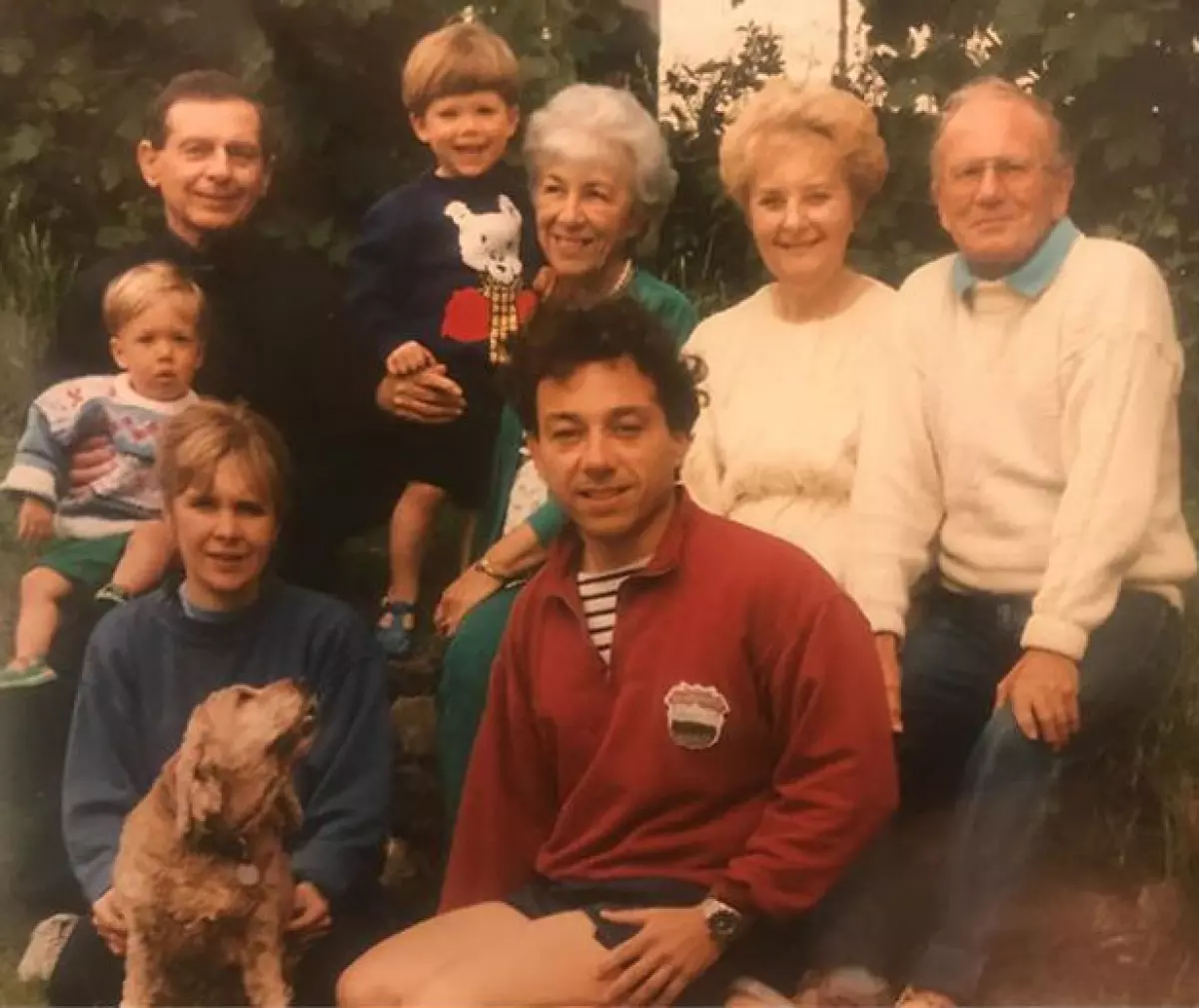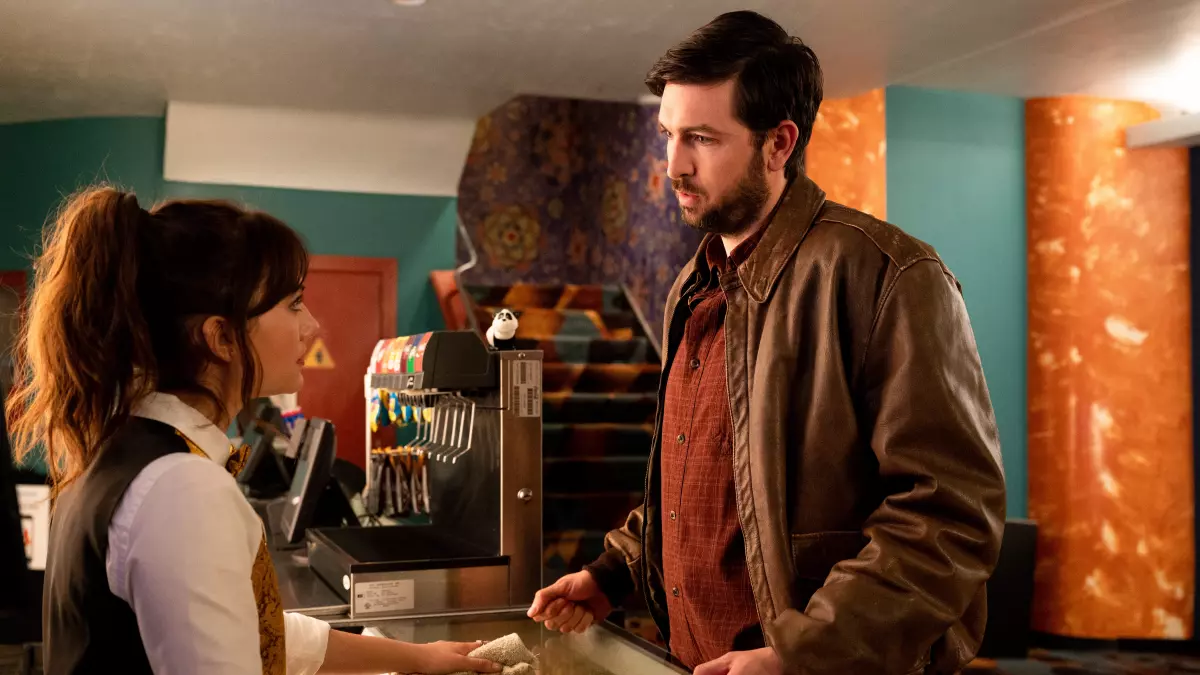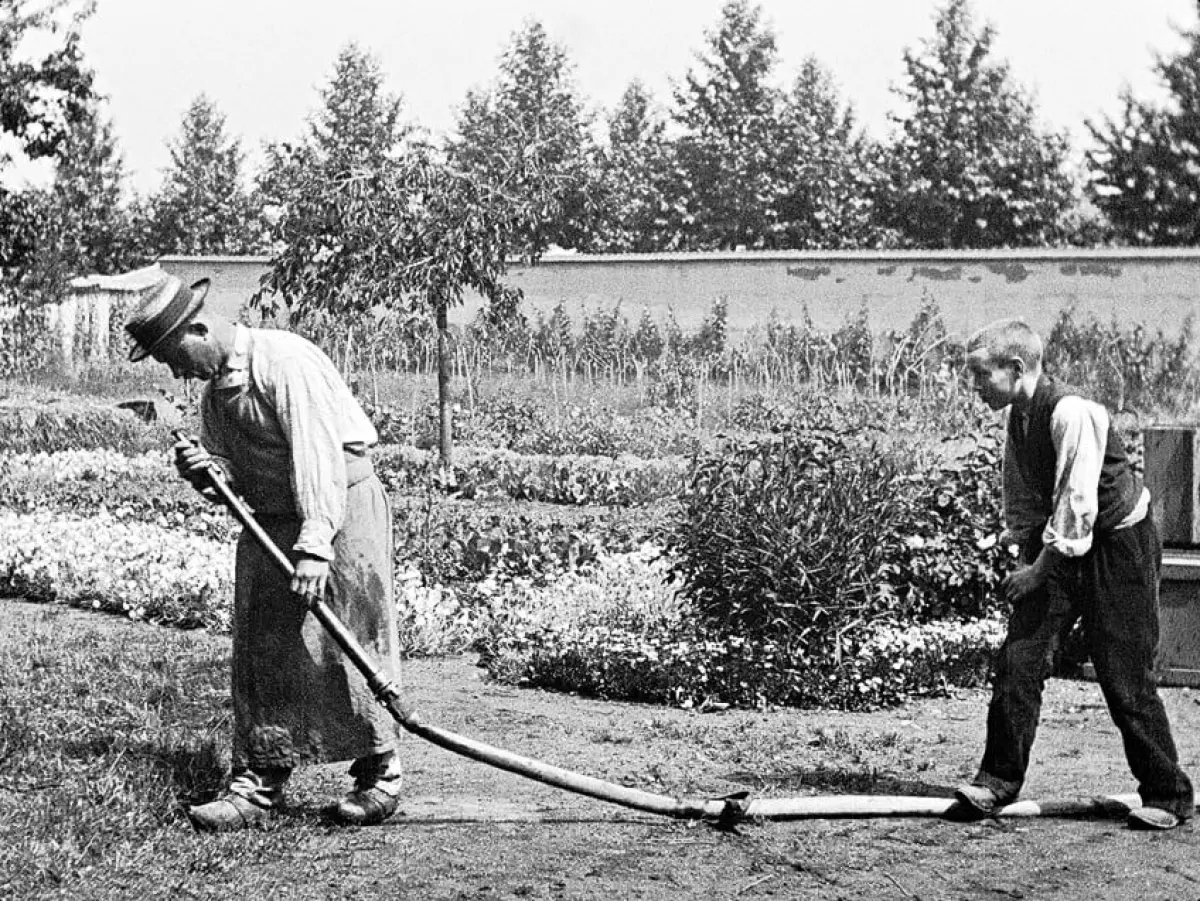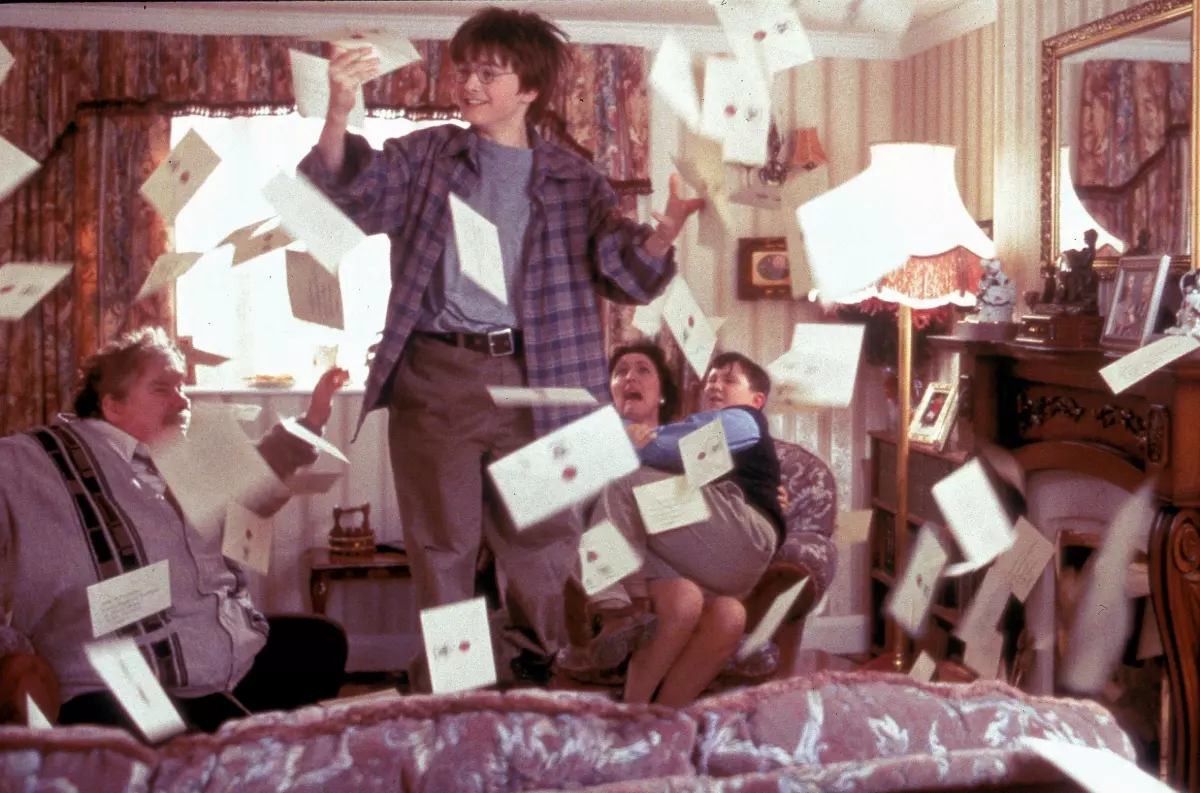Schindler's List is a timeless masterpiece that continues to captivate audiences worldwide. The film crew, led by the legendary Steven Spielberg, spent several months in Poland, particularly in Krakow, to bring this powerful story to life. While the movie may be over 25 years old, the locations where it was filmed still hold immense historical significance.
Krakow: The Heart of the Film
The majority of Schindler's List filming locations in Krakow are concentrated in the Kazimierz city district, which historically served as the Jewish quarter. This area was home to the Jewish community of Krakow before the outbreak of World War II. While the Krakow ghetto, located in the Podgorze area, was not used as a filming location, the Kazimierz district provided the backdrop for many key scenes.
One of the most recognizable spots is Straszewskiego 7, which served as the exterior of Oscar Schindler's apartment in the film. The building still stands today and is located at the foot of the Wawel Castle. It played a significant role in the movie, with scenes showcasing the Nussbaum family leaving their luxurious apartment, Schindler and his wife Emilie encountering a concierge, and Oscar Schindler coming out of his apartment building with the Wawel Castle in the background.
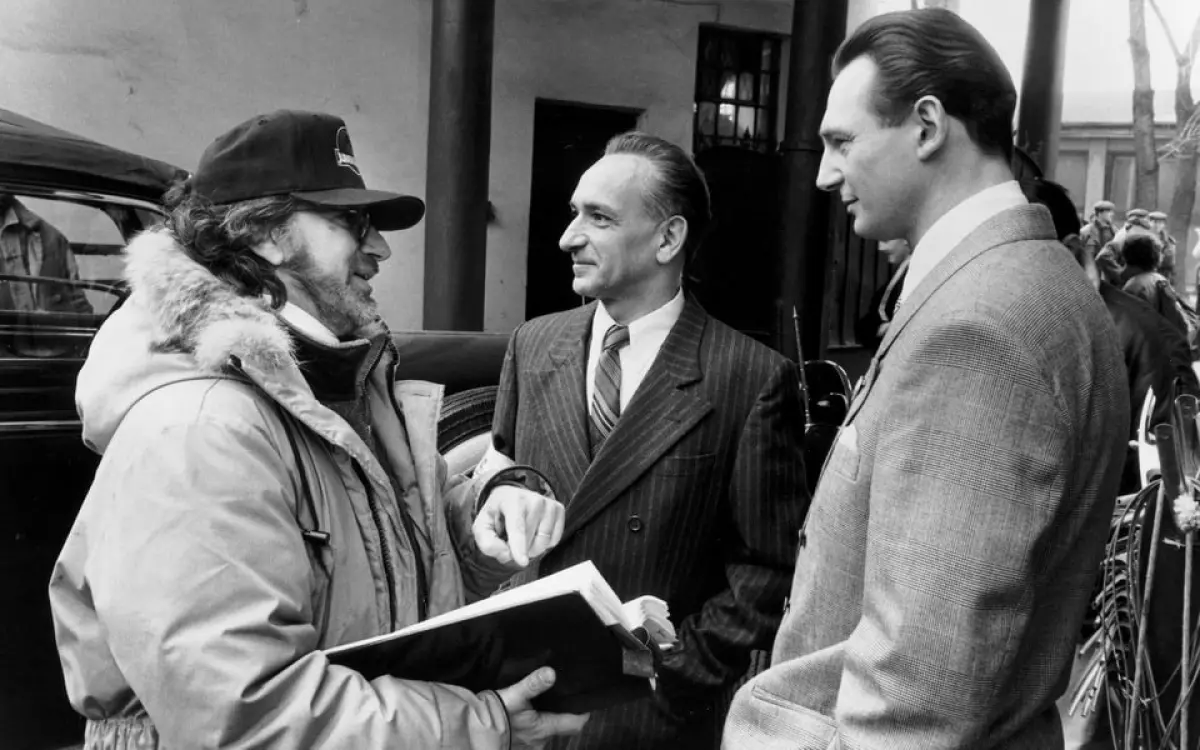 Steven Spielberg, Ben Kingsley, and Liam Neeson during a scene on Lipowa Street in Krakow, the site of the former Schindler's factory. (Spring 1993)
Steven Spielberg, Ben Kingsley, and Liam Neeson during a scene on Lipowa Street in Krakow, the site of the former Schindler's factory. (Spring 1993)
Following in the Footsteps of History
Another significant location is Joseph Pilsudskiego Bridge, which was the route through which Krakow Jews were forced to move to the Krakow ghetto. This bridge, now known as Marshal Józef Piłsudski Bridge, provides a panoramic perspective of both sides of the Vistula River. While the original bridge was destroyed during the war and then restored, the scene in the film was shot from the reversed perspective, showcasing the southern part of Krakow, where the ghetto was located, in the background.
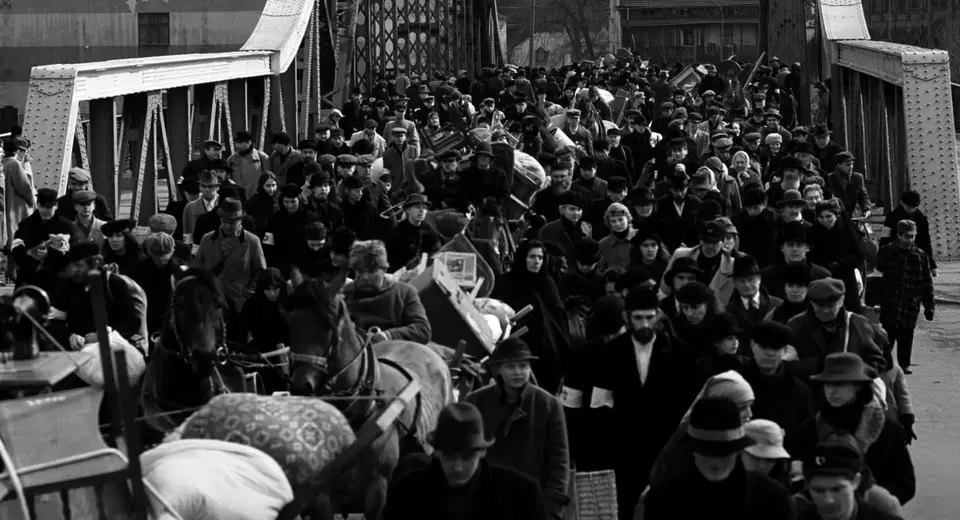
St. Mary's Basilica, one of the most revered churches in Krakow, also played a role in the movie. It was here that Oscar Schindler establishes contact with local smugglers. The scenes depict a secret trade of smuggled goods inside the church, offering a glimpse into the illegal activities occurring during the occupation.
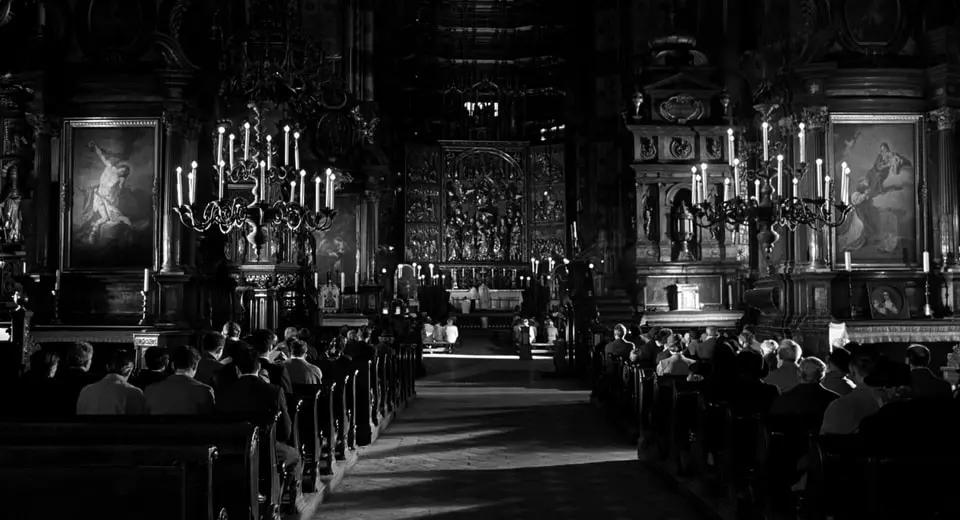
One of the most memorable locations is Ghetto Main Square (Plac Zgody). While the actual square had modern glass buildings during the filming, the movie crew found a suitable alternative on Szeroka Street in the Kazimierz district. This area, while not a exact replica of the historical main square, features buildings that have remained unchanged since the 1940s. It served as the backdrop for both peaceful scenes and the harrowing ghetto liquidation massacre.
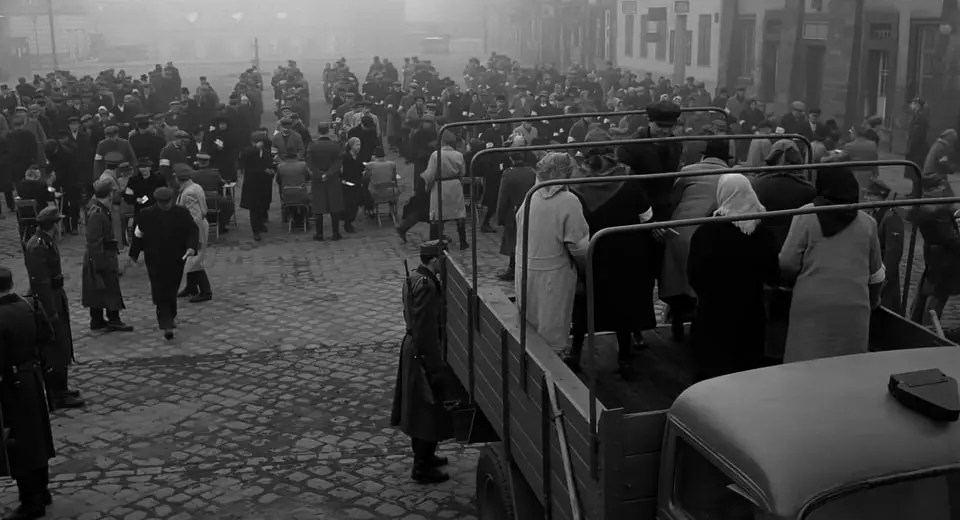
Oscar Schindler's Factory: A Place of History
The Deutsche Emailwarenfabrik, also known as DEF, is another iconic location. This factory, located at Lipowa 4, was owned by Oscar Schindler and is still standing today. While the actual filming of the workshops took place in a different city, the facade of the building and one staircase were used in the film. This building now serves as the Historical Museum of Krakow and the Museum of Modern Art.
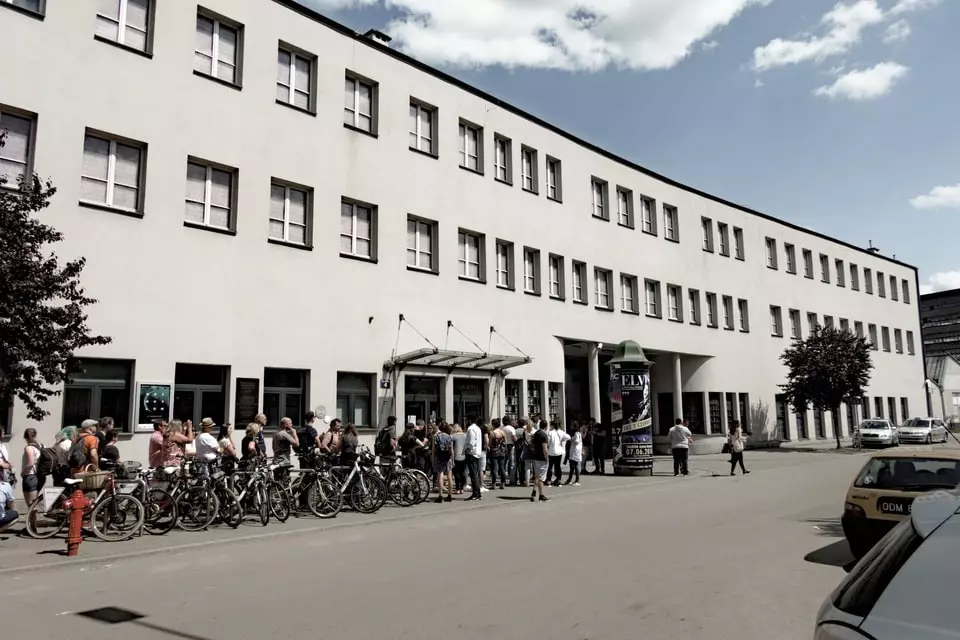 I took this photo after visiting the museum in the early morning. The number of visitors increased significantly in less than an hour.
I took this photo after visiting the museum in the early morning. The number of visitors increased significantly in less than an hour.
Uncovering Hidden Gems
One lesser-known location associated with the movie is the hill behind the school at Limanowskiego 62. This is where Schindler and his secretary make a horse ride and witness the liquidation of the ghetto. The iconic scene of a girl in a red coat, one of the most powerful moments in cinema history, was filmed from this hill. While the panorama seen from the hill is not within the former ghetto or Kazimierz district, it provides a unique perspective on the tragic events that unfolded during that time.
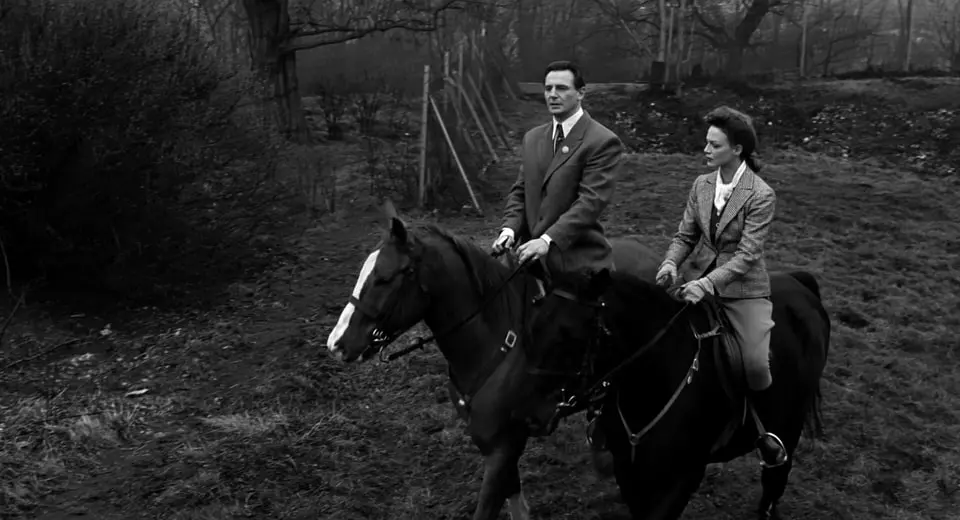
Exploring the Realities of the Ghetto
A courtyard with balconies, located on Jozefa Street, played a crucial role in the movie. It is here that SS soldiers forcefully evict residents from an apartment building and dump their belongings from the balconies. This haunting scene captures the chaos and despair of the time. Today, the courtyard has been slightly renovated but still retains its historical significance.
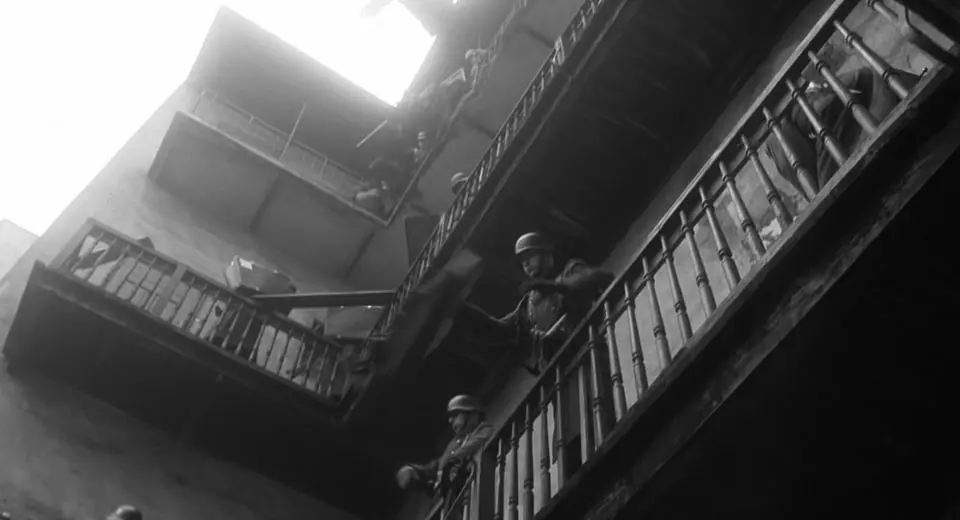
Tracing Heroes and Tragedy
An important location is the staircase where Miss Drezner hid during the liquidation of the Krakow ghetto. This staircase, located in the same courtyard as the eviction scene, provided a hiding place for Jews trying to escape deportation. Today, the location has been restored and offers a glimpse into the challenges faced during that time.
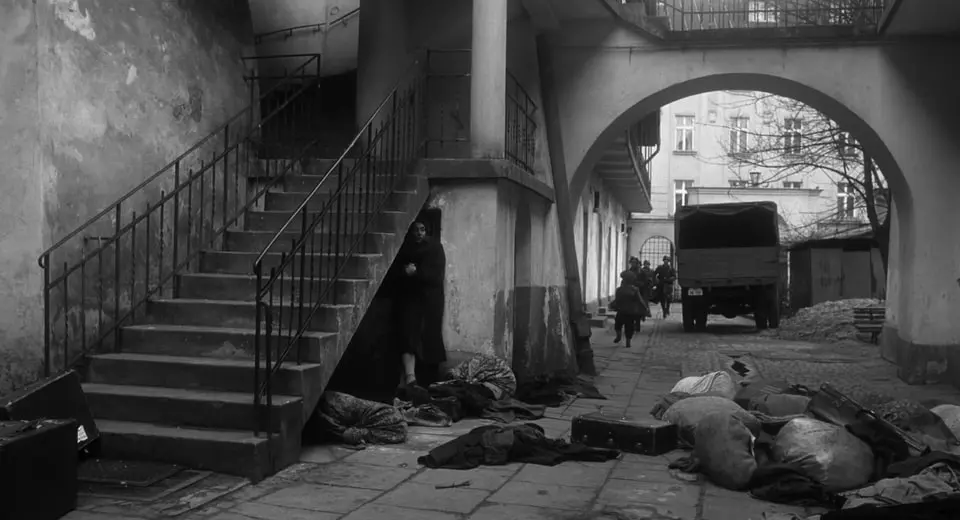
Unveiling Moments of Horror and Bravery
The film captures the brutality of the Holocaust with scenes depicting the killing of a boy on the street and the massacre at the ghetto hospital. These scenes were filmed in the same vicinity, and the locations still hold a somber energy. The dramatic impact of these moments serves as a powerful reminder of the events that took place during that dark period in history.
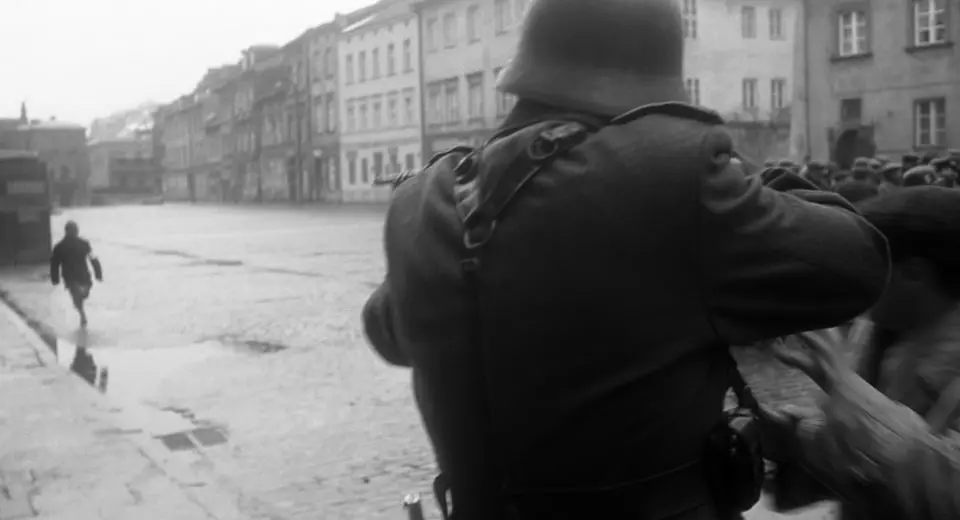
Reflecting on Auschwitz-Birkenau
The film also briefly depicts Auschwitz-Birkenau, one of the most notorious Nazi concentration camps. While Spielberg was not permitted to shoot inside the camp, the film showcases the bus parking area and the entrance gate. This location is still a haunting reminder of the atrocities committed during the Holocaust.
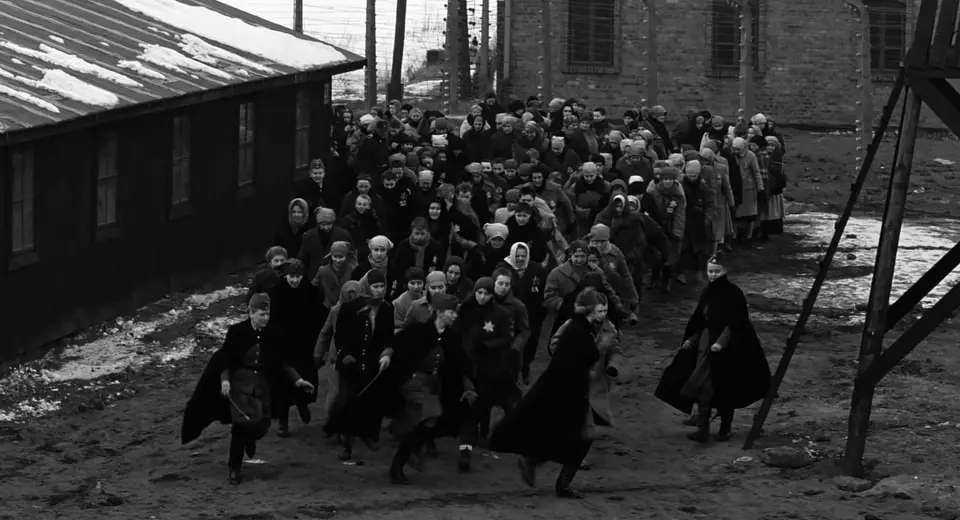
Paying Tribute to History
Visiting these historic Schindler's List filming locations in Krakow offers a unique opportunity to step back in time and honor the memory of the victims and heroes of the Holocaust. These locations serve as a poignant reminder of the resilience and bravery displayed during one of the darkest chapters in human history. By exploring these sites, we can ensure that the lessons of the past are never forgotten.
This article was written using information and images from war archives, museums, libraries, and private collections. Proper credits have been given to ensure the historical accuracy and integrity of the content.







